Top Eight AI Accessibility Tools for Inclusive Design.
Historically, making experiences accessible has been difficult. But artificial intelligence (AI) is altering the game. It empowers designers and developers to create products that actually reach everyone.
In this post, we will look at the top eight AI accessibility solutions that are making a significant difference in inclusive design. But first, a little backstory.
What is inclusive design?
Inclusive design entails producing products and services that are usable by anybody, regardless of ability. It is a core element of UX design that promotes equitable access and opportunity.
Thus, product design accessibility refers to the creation of goods, equipment, services, or places that are accessible to individuals with disabilities. It focuses on reducing obstacles to interaction with your product.
Key terms to remember include:
A disability is defined as a physical, sensory, or cognitive impairment that prevents a person from fully participating in daily activities.
Assistive technology refers to tools and equipment that assist persons with impairments to access information and execute tasks.
Universal design is the process of designing items so that they may be used by as many individuals as feasible.
Why Make Designs Inclusive?
Creating inclusive products is not just morally beneficial; it is also profitable. When you design for everyone, you increase your potential client base.
Furthermore, inclusive design frequently results in improved user experiences for all users, not just those with impairments.
For example, a website with straightforward navigation and easy-to-read content benefits everyone, including the elderly and those with momentary disabilities.
Common Accessibility Challenges
Despite advancements, several accessibility difficulties remain. Common impediments include:
Visual impairments include difficulty perceiving or interpreting visual material.
Hearing issues cause difficulty interpreting audio material.
Motor limitations include difficulty using keyboards, mice, or touchscreens.
Cognitive problems include difficulty processing information or making judgments.
Speech issues include difficulty speaking vocally.
To address these difficulties, we need a comprehensive approach that takes into account the demands of a wide range of people.
This is where compliance criteria such as the Americans with Disabilities Act (ADA) Accessibility Standards and the Web Content Accessibility criteria (WCAG) come into play.
Now that we've covered the essentials, let's look at the latest AI accessibility technologies that can help designers build fantastic experiences!
#1. Stark: Comprehensive AI Accessibility Tool.
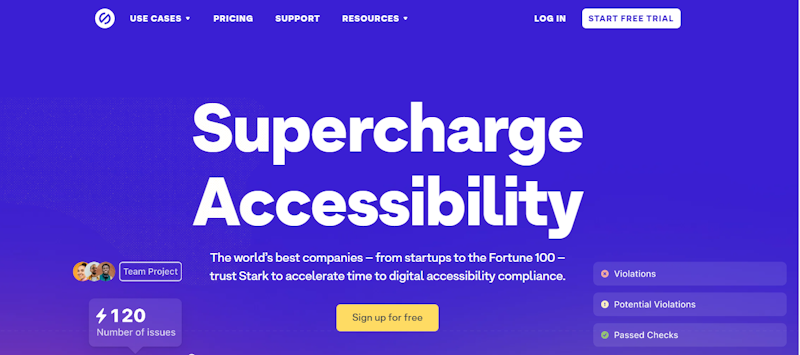
Making items that everyone can use shouldn't be difficult. This tool is meant to make inclusive design simple for teams of any size. Stark's integration of accessibility tests into the design process allows you to identify possible difficulties early on, saving time and money.
Instead of being a standalone application, Stark is designed to seamlessly integrate into your existing workflow. Stark has features for Figma and Adobe XD designers alike. It also provides teams with real-time feedback and actionable insights, allowing them to design truly inclusive experiences.
Key Features and Benefits:
Speed: Up to ten times quicker than existing accessibility solutions, saving both time and resources.
Comprehensive: Addresses accessibility concerns from design to real product.
Compliance: Provides real-time information and historical data for compliance monitoring.
Cost-effective: Early issue discovery avoids costly code cleanup.
Security: Enterprise-level protection for important project data.
Pricing: free tier, starting at $18 per month for premium.
#2. AccessiBe: Advanced Accessibility with AI.
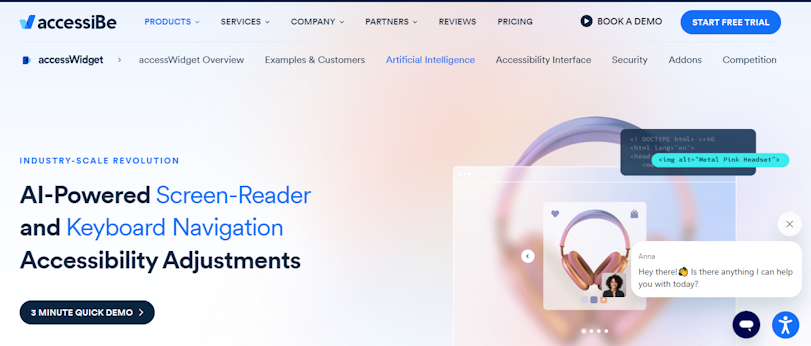
AccessiBe is a technology intended to address difficult accessibility issues. It's essentially a sophisticated screen reader and keyboard navigation tool that automatically resolves a variety of accessibility concerns, making your website accessible to everyone.
What distinguishes AccessiBe is its ability to grasp the context of your website. This AI accessibility tool can see and think similarly to humans. AccessiBe analyzes your site's layout and content and makes intelligent tweaks to increase accessibility while maintaining your design.
Key Features and Benefits:
AI-powered automation: Manages complicated accessibility changes efficiently.
Contextual understanding: accurately detects and resolves issues depending on website content.
Image recognition: Generates descriptive alternative text for pictures.
Continuous monitoring ensures continuing accessibility compliance.
Comprehensive coverage: addresses typical accessibility issues such as popups, menus, forms, and links.
Pricing: free tier, starting at $49 per month for premium.
#3. Aircaption: Create Captions Easily
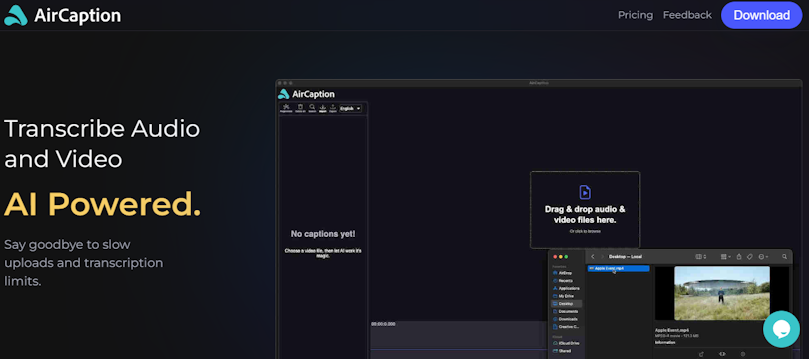
AirCaption is a one-stop shop for creating precise and understandable captions. This program simplifies the conversion of audio and video footage into text, making it ideal for viewers with hearing impairments and those in loud surroundings.
AirCaption's notable feature is its ability to work offline. This enables it to easily transcribe and make captions without requiring an internet connection. Whether you're on an aircraft, in a remote area, or just want to work offline, AirCaption works.
Key Features and Benefits:
Captions may be generated quickly and efficiently using AI-powered transcription.
Offline capability: You can transcribe and modify without an internet connection.
Create captions in more than 60 languages.
Customization: Adjust captions for correctness and timing.
Privacy: All user data is processed locally, ensuring privacy.
Pricing: free tier, starting at $19.99/month for premium.
#4. Read easily.AI: AI-powered readability tool
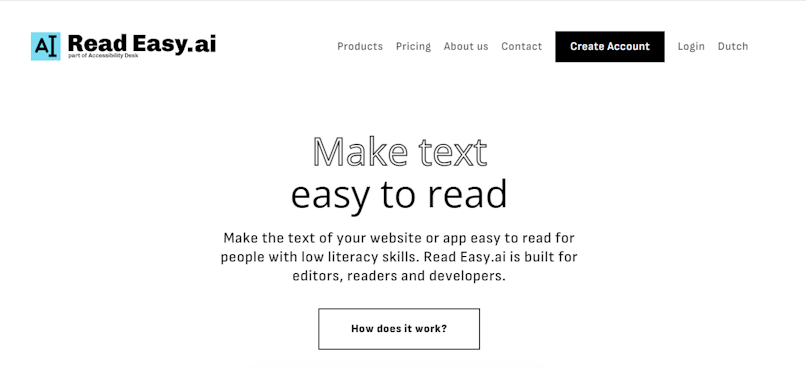
Read Easy.ai addresses the issue of low literacy rates front on. This AI-powered accessibility tool simplifies difficult text so that everyone can comprehend it.
Consider a world in which most individuals can access and understand written material online, no matter how technical. That is the purpose of Read Easy.AI. With solutions for both writers and readers, the platform encourages inclusion and eliminates obstacles to text comprehension.
Key Features and Benefits:
Readability study assists editors in simplifying material for audiences with low literacy levels.
Multilingual support simplifies text in a variety of languages, including English, Spanish, and German.
The Chrome extension provides a handy method to access ReadEasy's capabilities straight from web sites.
Microsoft Office integration: Works flawlessly with Word and Outlook, providing real-time feedback while editing.
Developer API: Allows developers to incorporate ReadEasy functions into their apps.
Pricing: free tier, starting at $2.99 per month for premium.
#5 Play.ht: Realistic Text-to-Speech with AI.
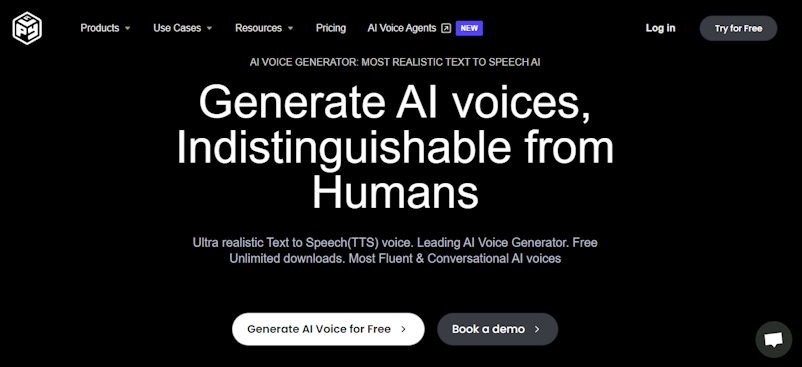
Play.ht brings text-to-speech to an entirely new level. This platform makes use of powerful AI to produce very lifelike voices, making it ideal for narration, audiobooks, and even chatbots.
What distinguishes Play.ht is the sheer diversity and customizability it provides. There is an extensive collection of over 800 voices covering several languages, dialects, and moods.
Key Features and Benefits:
AI voices that are extremely realistic: Create human-quality narration for videos, podcasts, and other media.
An extensive voice library: Choose from over 800 voices in 142 languages and dialects.
Emotional control: Add personality to your voice by expressing a variety of emotions.
Custom voice creation: Clone current voices or create your own characters.
Multiplatform compatibility: Works with a variety of tools and platforms.
Pricing: free tier; premium starts at $31.20 per month.
#6. Userway: The Accessibility Superpower
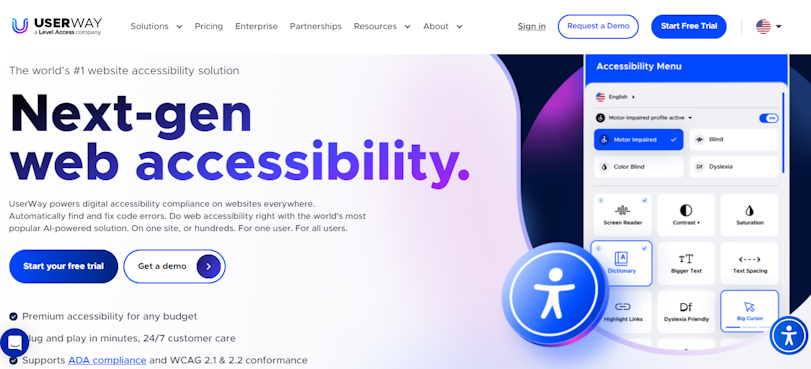
Let's discuss about UserWay, which claims to be the world's leading digital accessibility solution.
This is essentially an all-in-one accessibility solution for making your website or apps more appealing to everyone. The AI-powered widget does the heavy lifting by identifying and resolving accessibility problems.
From 24/7 monitoring to audits and repairs, Userway, as your accessibility helper, guarantees that your product easily fits with compliance requirements such as WCAG. It's hardly surprise that a lot of well-known firms trust them.
Key features:
AI-powered: Automatically identifies and resolves accessibility problems.
All-in-one solution: includes everything from audits to repairs.
Compliance: Assists you in meeting crucial accessibility criteria.
Easy setup: Simple to use, even if you're not an accessibility specialist.
Pricing: free tier, starting at $49 per month for premium.
#7. Murf, Your AI Voiceover Studio.
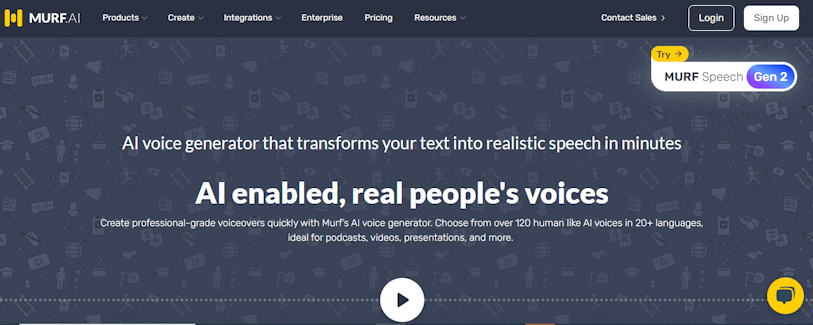
Murf is an AI-powered platform that converts text into very lifelike voice. Murf's extensive library of voices in numerous languages and dialects enables you to generate professional-quality voiceovers for a variety of applications. Murf provides a diverse solution, including podcasts, audiobooks, explanation videos, and advertising.
Murf's rich customisation capabilities outperform simple text-to-speech functionality. You may adjust the pitch, pace, and intensity, and even emulate your own speech style. This degree of control guarantees that the created voice exactly matches the intended tone and message.
Key features:
Large voice library: Select from a variety of realistic AI voices.
Customization options: Adjust the voice qualities to fit your project.
User-friendly interface: Create voiceovers with ease.
Multiple file formats: You may export audio in a variety of formats for different systems.
Integration capabilities: Mix voiceovers with photos, videos, and other material.
Pricing: free tier, starting at $19 per month for premium.
#8. Audioeye combines AI and human expertise.
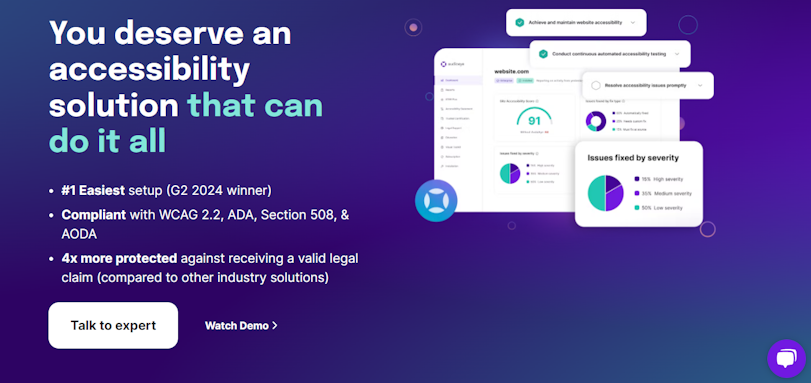
The final tool on our list is Audioeye. It works similarly to the other comprehensive accessibility solutions mentioned above, providing a variety of tools and services to assist organizations in creating inclusive digital experiences.
By finding and resolving accessibility issues, AudioEye assures compliance with laws such as the ADA and WCAG while also enhancing overall user experience.
However, one important feature that distinguishes this system from others is its combination of AI-powered automation and human knowledge. The human touch takes a comprehensive approach to accessibility, addressing a wide variety of difficulties with more customized solutions.
Key features:
Automated solution: quickly finds and resolves typical accessibility issues.
Expert audits: In-depth examinations conducted by human accessibility specialists.
Continuous monitoring: Proactively analyzes webpages for new accessibility concerns.
Custom code fixes: Creates personalized solutions to complicated accessibility problems.
Pricing options include both a free tier and personalized pricing.
Wrapping Up
Artificial intelligence is making significant progress toward building a more inclusive digital environment. The AI technologies for accessibility discussed in this article are proof of that. Accessibility is becoming more achievable, both in terms of design and content. It is wonderful to watch how artificial intelligence is developing a future in which everyone may fully engage online.

